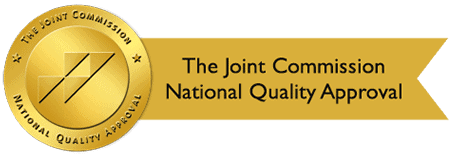By: Design for Change Recovery
Categories:
What Benefit Does Fitness And Exercise Have In Addiction Treatment?
You are here: Exercise and fitness is an important component in recovery. Treatment programs for addiction include a daily focus on physical movement and healing. Strength-training is common in addition to dance fitness, free time at the gym, and more. Addiction affects the brain and the body.
Exercise and fitness is an important component in recovery. Treatment programs for addiction include a daily focus on physical movement and healing. Strength-training is common in addition to dance fitness, free time at the gym, and more. Addiction affects the brain and the body.
Heavy drug and alcohol misuse or inappropriate use wear down the body, atrophying the muscles, weakening the joints, and generally causing the body to be sick. Addiction also affects the mind. Becoming completely reliant upon drugs and alcohol to produce sensations of pleasure, once the substances are taken away the brain has a hard time producing pleasure of its own. Exercise is one of the most perfect forms of treatment for recovery.
Relationship Between Exercise and Fitness in Addiction Recovery
Exercise and fitness affect both the brain and the body. The physical benefits of exercise are obvious. Clients in treatment who need to gain weight are able to do strength training and build muscle. Clients in treatment who need to lose weight are able to lose weight as well.
The body detoxifies when it sweats, it builds strength that’s been lost, and there are internal processes as well. For example, the heart really likes exercise because it promotes a healthy flow of blood and oxygen.
As for the brain, exercise and fitness produce a wonder hormone called endorphin. Endorphins are that “rush” or “high” of satisfaction and pleasure during a workout. Promoting the production of dopamine, serotonin, and norepinephrine, exercise and fitness create new neural pathways in the brain. The new neural pathways restore some of the brain’s ability to feel pleasure on its own.
Create Discipline with Exercise and Fitness Routines
Scientific studies show that exercise reduces symptoms of stress, depression, anxiety, and cravings for drugs and alcohol. The increased blood and oxygen flow to the brain. Additionally, the stimulated production of “happy” hormone chemicals help the brain regulate stress more effectively.
About20-30 minutes a day of exercise is a critical tool for long -erm recovery. When someone incorporates regular exercise into their lifestyle, they create discipline, new relationships to reward, an understanding of consequence, and a pleasurable activity.
Our Fitness Routines at Design for Change Recovery
Design for Change Recovery focuses on helping each client find a fitness routine that works best for them and their body. The routines are part of a full continuum of treatment that provides the desired outcomes for each client.
Our residential treatment programs are customized to the needs of each client. We guide them to freedom and hope- promises of recovery. For more information, contact us by phone, email, or online.


